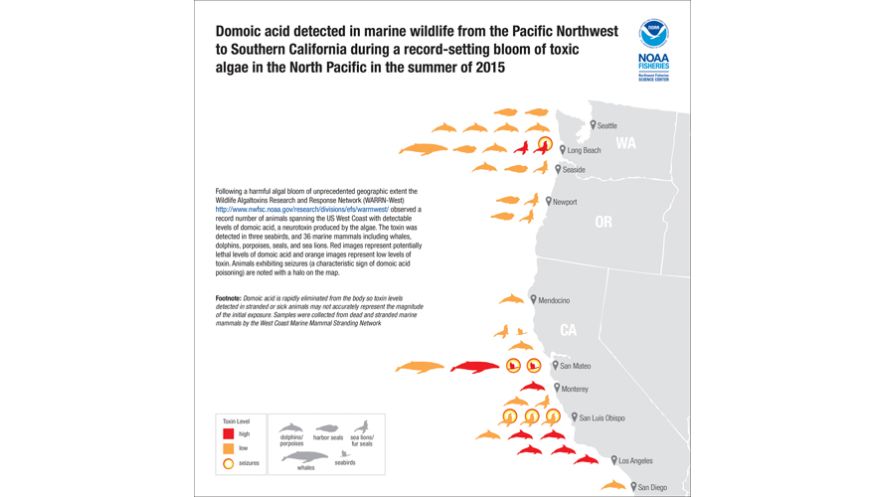
Launched Google Ads Conversion Tracking tag for server-side containers. 
Note: the source and destination sites must both use server-side Tag Manager, and the server containers must be in the same account. Simply enable cross-domain measurement in your client-side container.
Cross-domain measurement will now work when the Server-managed IDs setting is enabled in server-side clients. Launched Google Ads Remarketing tag for server-side containers. Launched Floodlight Sales & Counter tags for server-side containers. This makes client-side measurement fully first-party. Server-side Tag Manager can now load all client-side scripts via their 1st party domain. Launched Firestore Sandboxed JS API, Firestore Lookup variable, and Promise Sandboxed JS API for server-side containers. A gtagSet API for setting configuration information such as ads_data_redaction and url_passthrough in the dataLayer for all containers has also been added. This ensures that all tags fired by the same event see the same consent state. The Tag Manager Consent APIs, that should be used when writing your own template or Custom HTML tags, have been updated so that consent updates are processed before any queued items in the data layer. We may use this data to improve, maintain, protect, and develop the service as described in our privacy policy, however, we will not share this data with any other Google product without your consent. Server-side tagging may now collect aggregate information such as how the service is used, and how and what tags are deployed. Learn more from the call for review e-mail and read about the Web Accessibility Initiative (WAI).Release notes for Google Tag Manager April 14, 2022 SVG-AAM is jointly published with the SVG Working Group. These documents were previously published by the Protocols and Formats Working Group. WAI-ARIA Authoring Practices recommends approaches to help web application developers make widgets, navigation, and behaviors accessible using WAI-ARIA roles, states, and properties. The Accessibility API Mappings describe how user agents should expose semantics of content languages to accessibility APIs across multiple content technologies, including languages incorporating WAI-ARIA as well as features specific to HTML and SVG. It is designed to improve the accessibility and interoperability of web content, particularly web applications. WAI-ARIA provides an ontology of roles, states, and properties that define accessible user interface elements. SVG Accessibility API Mappings 1.0 (SVG-AAM). Accessible Name and Description: Computation and API Mappings 1.1 (AccName-AAM). Core Accessibility API Mappings (Core-AAM) 1.1. Accessible Rich Internet Applications (WAI-ARIA) 1.1. The Accessible Rich Internet Applications Working Group has published Updated Working Drafts of: #November 11 2015 news full
XQuery and XPath Full Text 3.0 is a W3C Recommendation It replaces a couple of old sections of the HTML specification, the selection part of the old DOM Range specification.
Selection API: This document is a preliminary draft of a specification for the Selection API and selection related functionality. 
This restricts the URLs to which the manifest is applied and provides a means to “deep link” into a web application from other applications. Additionally, the manifest allows a developer to “scope” a web application to a URL. The manifest also allows developers to declare a default orientation for their web application, as well as providing the ability to set the display mode for the application (e.g., in fullscreen). This includes, but is not limited to, the web application’s name, links to icons, as well as the preferred URL to open when a user launches the web application.
Web App Manifest: This specification defines a JSON-based manifest that provides developers with a centralized place to put metadata associated with a web application. 
The Web Platform Working Group has published two Working Drafts:







 0 kommentar(er)
0 kommentar(er)
